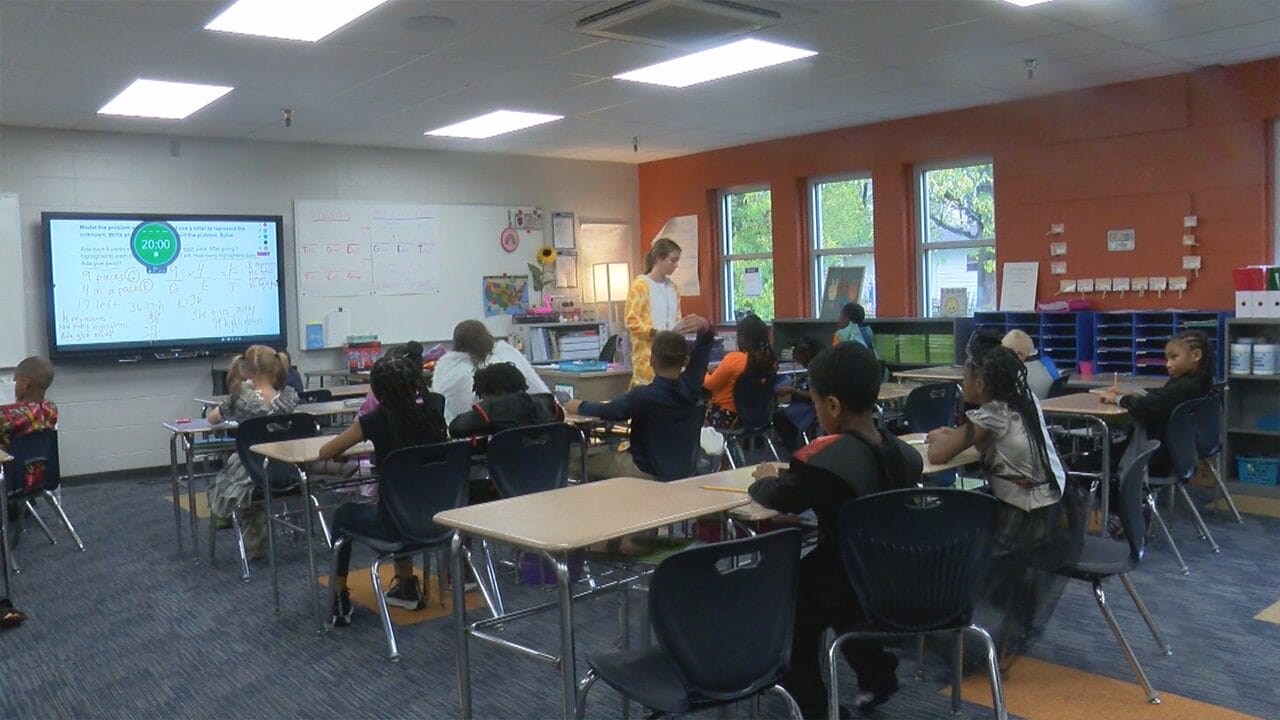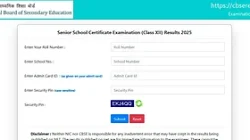Indiana Ranks Eighth in National School System Quality
Indiana has been recognized as having the eighth-best school system in the United States for 2025, according to a recent report from WalletHub, a personal finance company based in Miami. The report evaluated all 50 states and the District of Columbia using 32 different measures that assess both the quality and safety of education systems. These measures included pupil-teacher ratios, dropout rates, and median standardized test scores.
Massachusetts took the top spot in the rankings, followed closely by Connecticut, New Jersey, Virginia, and New Hampshire. Indiana’s position at eighth place puts it ahead of Maryland and New York, just behind Wisconsin and Rhode Island. This ranking highlights the state’s strong performance in several key educational metrics while also pointing out areas where improvements could still be made.
The report revealed significant variations across the country when it comes to educational outcomes. For example, West Virginia had the lowest dropout rate, which was 2.7 times lower than that of the District of Columbia, which had the highest rate. Similarly, Vermont boasted the lowest pupil-teacher ratio, more than twice as favorable as Arizona, which had the highest ratio in the nation.
WalletHub analyst Chip Lupo emphasized that while financial resources are important for maintaining a functional school system, they are not the only factor contributing to educational success. “Getting enough funding is essential for a productive school system, but simply having more money doesn’t guarantee success,” Lupo stated. “How funds are used is equally important, along with the quality of educators, other professionals, and the curriculum. Additionally, schools must focus not only on test scores but also on ensuring that students feel safe, comfortable, and supported.”
Key Findings from the Report
Other notable findings from the report include:
- Delaware had the lowest percentage of high school students who were threatened or injured with a weapon on school property, approximately half the rate of Louisiana, which had the highest.
- The District of Columbia reported the lowest share of students who experienced online bullying, three times lower than New Hampshire, which had the highest rate of online bullying.
WalletHub used a 100-point scale to evaluate each state and the District of Columbia on public K-12 education quality and safety metrics. This comprehensive approach allowed for a detailed comparison of educational systems across the country. The full report provides additional insights into the factors influencing school performance and offers recommendations for improvement.
Broader Implications of the Rankings
The rankings underscore the importance of a multifaceted approach to education reform. While funding remains a critical component, the data suggests that effective resource allocation, teacher quality, and student well-being are equally vital. Schools that prioritize these elements tend to produce better outcomes, even in states with limited financial resources.
Furthermore, the disparities highlighted in the report reveal that some states have made significant progress in addressing issues such as bullying and dropout rates. However, others continue to face challenges that require targeted interventions and policy changes.
As the report emphasizes, the goal of education should not be solely focused on academic achievement but also on creating an environment where students can thrive emotionally and socially. By addressing these broader aspects, schools can foster a more inclusive and supportive learning experience for all students.
This analysis serves as a valuable tool for policymakers, educators, and parents seeking to understand the current state of public education in the U.S. and identify areas for growth and improvement.







